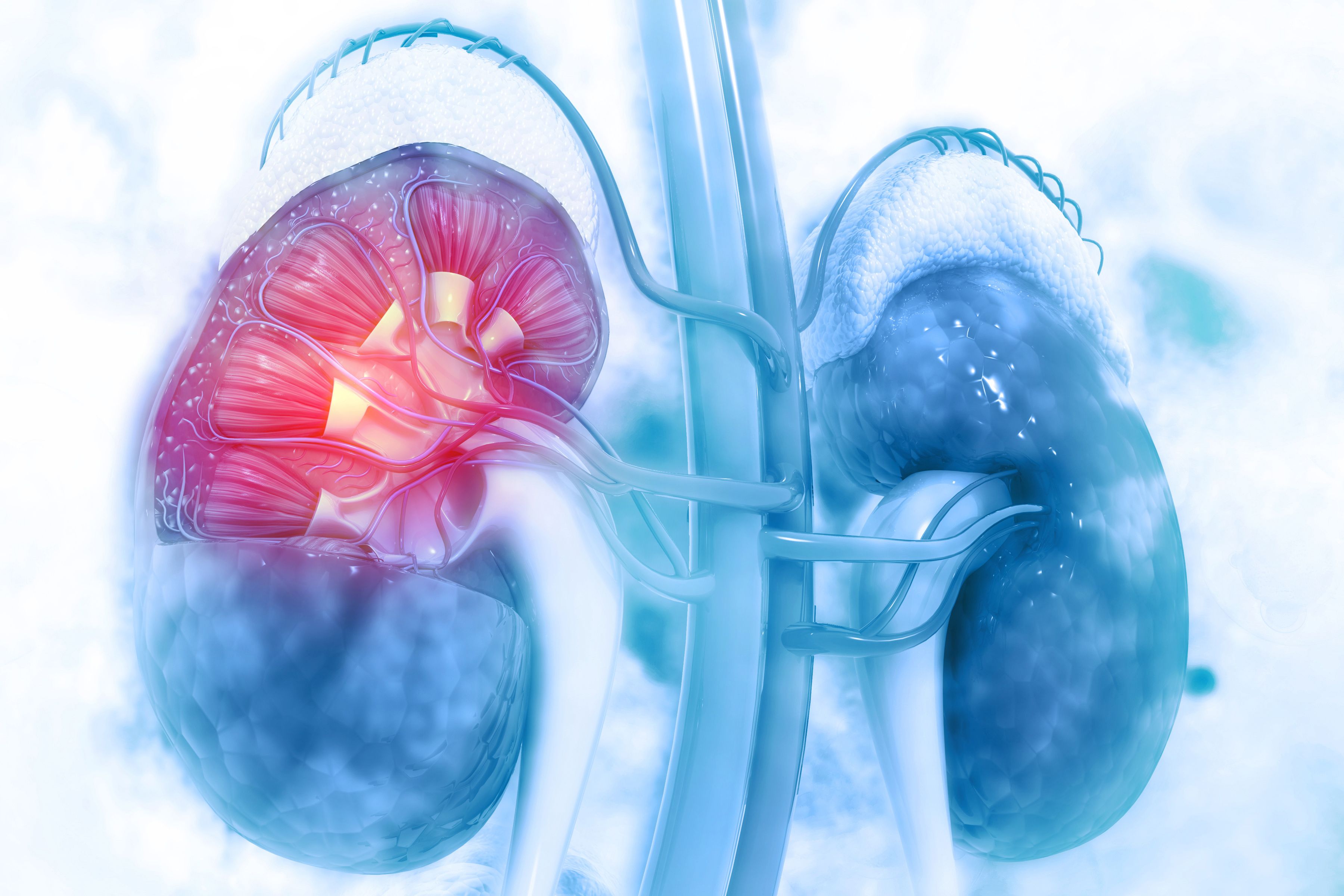Study Reviews Risk of Cardiovascular Disease, Outcomes in Patients with Nephrotic Syndrome
A review of available data suggests patients with nephrotic syndrome were at a 19-fold greater risk of end-stage kidney disease and a 3-fold greater risk of acute coronary syndrome events.
This article was originally published on EndocrinologyNetwork.com.

A recent study is providing clinicians with an overview of the adverse cardiovascular and kidney outcomes associated with nephrotic syndrome in adults.
The study, which compared data from nearly 1000 patients with nephrotic syndrome to more than 80,000 without kidney disease, details the increased risks of adverse kidney and cardiovascular outcomes as well as giving further insight into different types of nephrotic syndrome and their associations with these events.
"Our study highlights the high risk of kidney failure and the underappreciated excess risks of different arterial and venous cardiovascular complications linked to primary nephrotic syndrome due to focal segmental glomerulosclerosis, membranous nephropathy, or minimal change disease. Additional information is needed on the most effective ways to lower the risks of both kidney and cardiovascular complications in patients," said Alan Go, MD, Associate Director of Cardiovascular and Metabolic Conditions Research at Kaiser Permanente Northern California (KPNC) Division of Research, in a statement.
With adults with primary nephrotic syndrome representing an understudied population, a team from KPNC designed the Kaiser Permanente Nephrotic Syndrome Study. For the purpose of analysis, investigators sought to identify patients with potential primary nephrotic syndrome through analysis of lab results or diagnosis codes in EHRs. After identification of this cohort, which initially contained more than 6000 patients, investigators hoped to match these patients in a 1:100 matching ratio to adults without diabetes and no evidence of nephrotic syndrome for nephrotic range proteinuria.
Upon excluding those for whom they were unable to confirm nephrotic syndrome diagnosis, those with missing information, or those younger than 18 at index date, investigators identified a cohort of 907 cases of primary nephrotic syndrome., including 655 definite cases and 252 presumed cases. Of these 907, 359 had focal segmental glomerulosclerosis (FSGS), 366 had membranous nephropathy (MN), and 182 had minimal change disease (MCD). This cohort had a mean age of 49.0 (SD, 16.8) years, 43% were women, 41.3% identified as non-Hispanic White, and approximately 24.5% had a BMI of 30 or greater.
Investigators identified a cohort of 89,593 matched adults with no history of diabetes, diagnosed nephrotic syndrome, or evidence of nephrotic range proteinuria. Compared to this cohort, those with nephrotic syndrome were more likely to be men, persons of color, have a greater comorbidity burden, have higher BMI, have higher blood pressure, have higher total cholesterol level, and lower baseline eGFR, serum albumin, and hemoglobin. The median follow-up time for patients included in the final analyses was 4.5 (IQR, 2.2-8.4) years.
A total of 369 patients developed end-stage kidney disease within the study cohort. The crude rate of development was greater for those with primary nephrotic syndrome (4.65 [95% CI, 4.08-5.31] per 100 person-years) than among matched controls (0.03 [95% CI, 0.03-0.04] per 100 person-years). In adjusted models, primary nephrotic syndrome was associated with a 19.63-fold increase in risk of end-stage kidney disease (aHR, 19.63; 95% CI, 12.76-30.20). When assessing potential risk based on type of nephrotic syndrome, FSGS was associated with the greatest risk (aHR, 24.02; 95% CI, 14.25-40.47), followed by MN (aHR, 19.32; 95% CI, 11.26-33.15), and MCD (aHR, 3.39; 95% CI, 1.23-11.01) when compared to matched controls.
A total of 1476 patients experienced an ACS event during the follow-up period. The crude rate of these events was greater among those with primary nephrotic syndrome (1.02 [95% CI, 0.78-1.31] per 100 person-years) than among matched controls (0.28 [95% CI, 0.27-0.30] per 100 person-years. In adjusted models, primary nephrotic syndrome was associated with a more than 3-fold increase in rate of heart failure (aHR, 3.01; 95% CI, 2.16-4.19), a nearly 2-fold increase in rate of ischemic stroke (aHR, 1.80; 95% CI, 1.06-3.05), and more than a 2.5-fold increase in rater of venous thromboembolism (aHR, 2.56; 95% CI, 1.35-4.85).
Additionally, 6959 patient deaths occurred during the follow-up period. Consistent with other outcomes, the crude rate of mortality was greater among those with primary nephrotic syndrome than among matched controls. In adjusted models, patients with primary nephrotic syndrome were at a 34% greater risk of death from any cause than their counterparts in the matched controls cohort (aHR, 1.34; 95% CI, 1.09-1.64).
"Our study also points to the need for patients with primary nephrotic syndrome to be identified as early as possible so that they can begin to implement lifestyle changes—such as moving toward a healthy diet, stopping smoking, getting more exercise—and to be evaluated for preventive therapies that can reduce their risk for both cardiovascular disease and kidney failure,” added Go, in the aforementioned statement.
This study, “Primary Nephrotic Syndrome and Risks of End-Stage Kidney Disease, Cardiovascular Events, and Death: The Kaiser Permanente Nephrotic Syndrome Study,” was published in the Journal of the American Society of Nephrology.